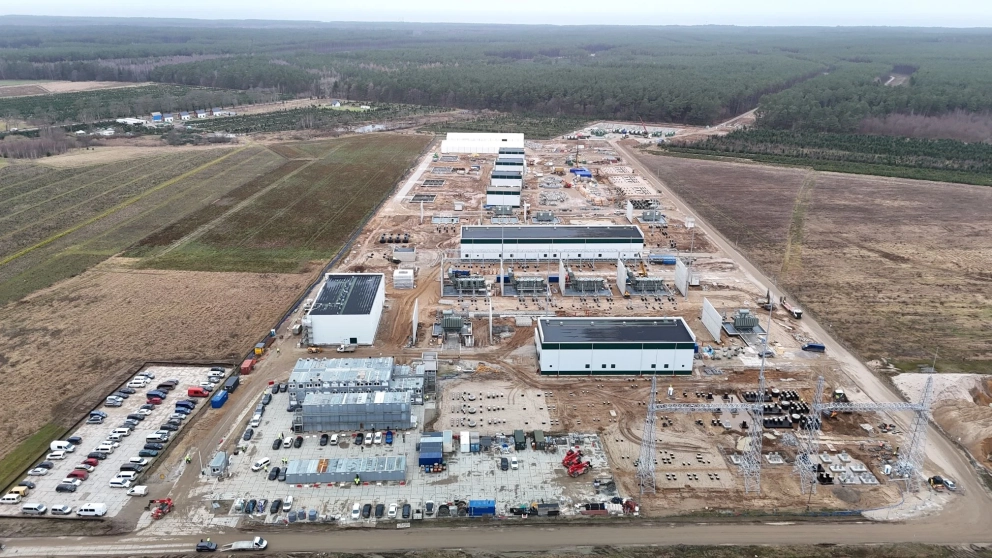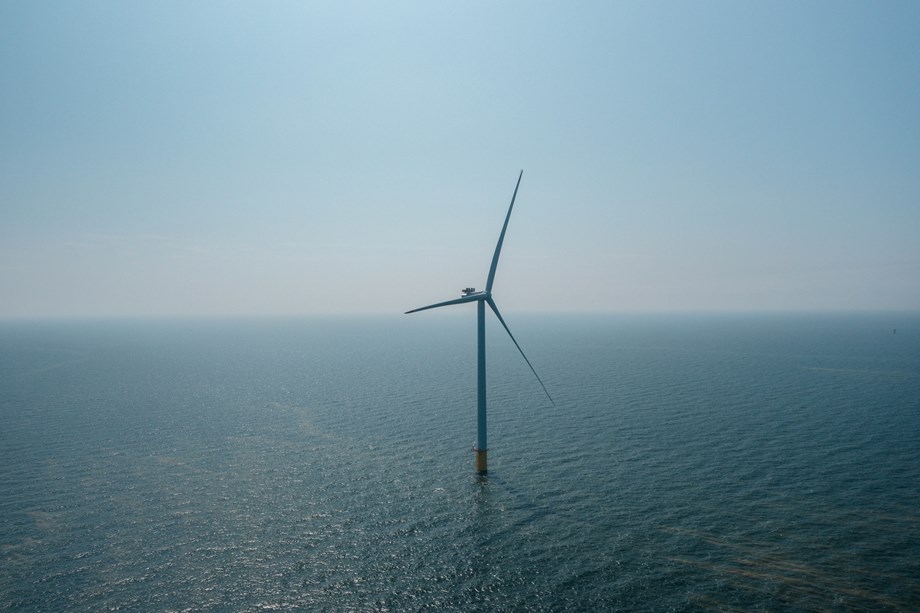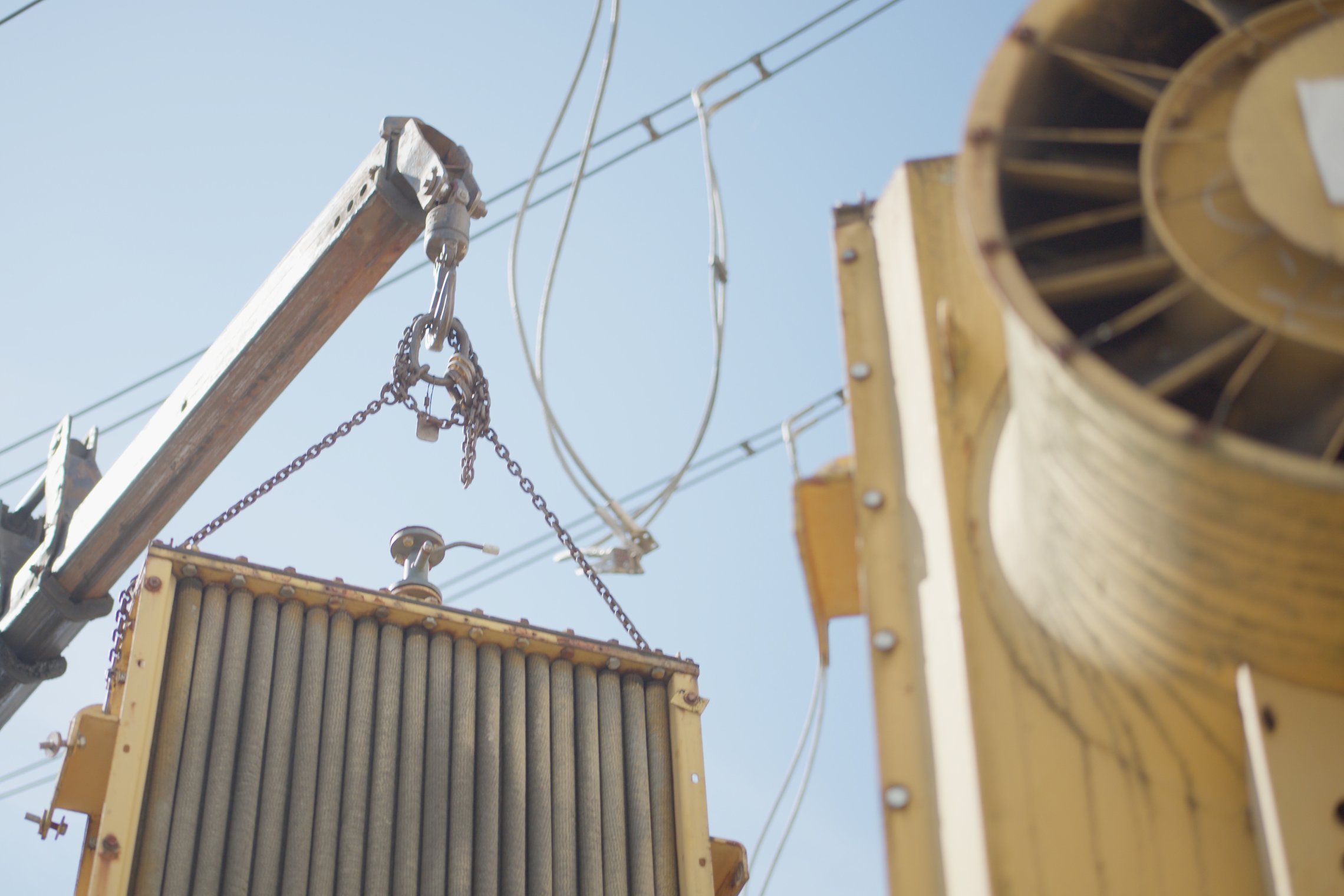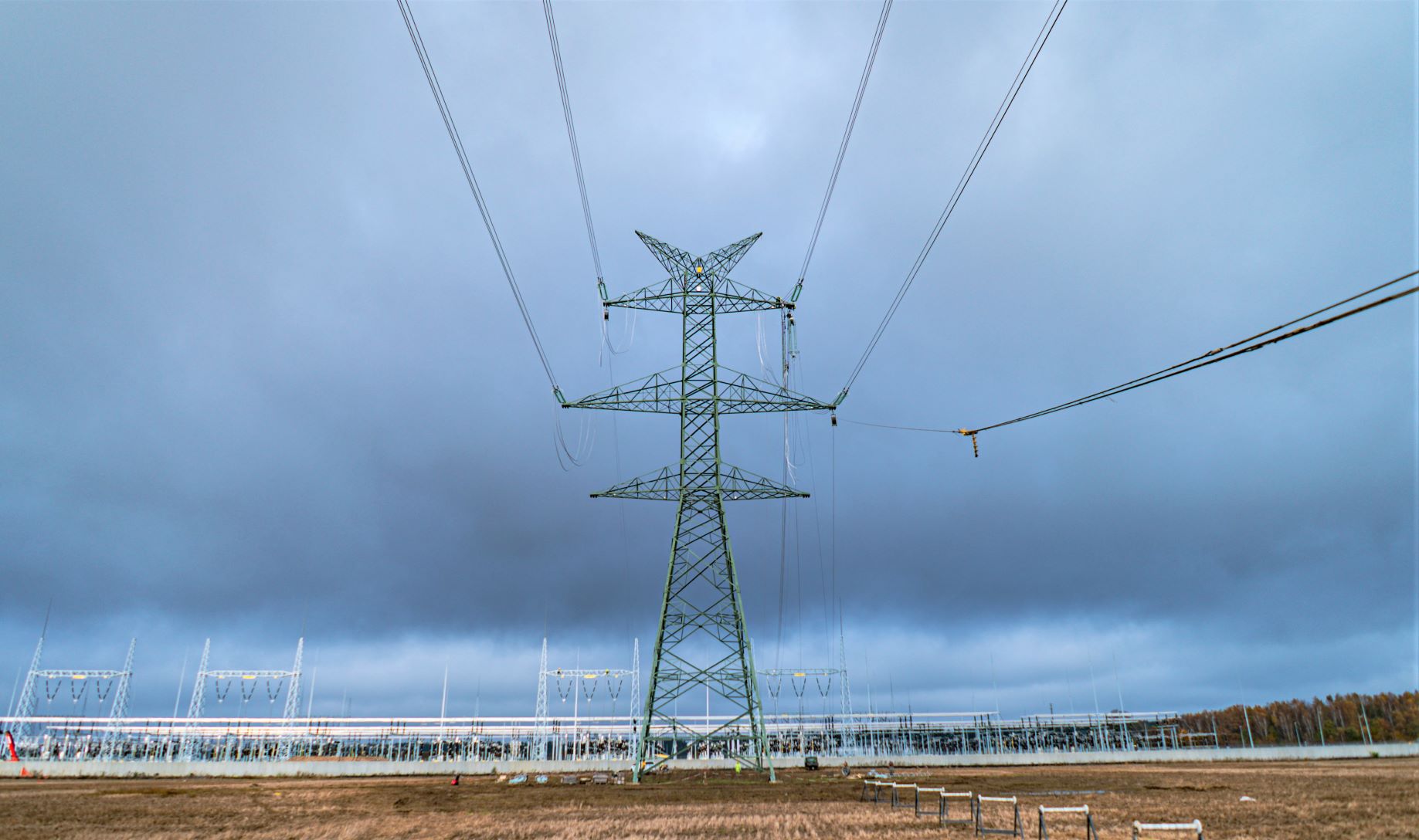In the ever-evolving landscape of energy transition, Central and Eastern Europe (CEE) have emerged as promising frontiers for renewable energy deployment. A recent report by the think tank Ember sheds light on the region’s progress and potential, highlighting both advancements and areas for improvement.
While renewables’ shares are on the rise and governments in the CEE region are displaying increased ambition in the energy sector, national strategies still lag behind what could be achieved and beneficial. The Ember report underscores this disparity, emphasizing the significant untapped potential that remains within the grasp of these nations.
According to previous Ember analysis, countries within the Three Seas Initiative (3SI) region could collectively deploy an impressive 200 GW of solar, 60 GW of onshore wind, and 23 GW of offshore wind capacity by 2030. These figures represent a substantial 110 GW surplus compared to current expectations outlined in the most recent drafts of the National Energy and Climate Plans (NECP). If realized, this untapped potential could elevate the share of renewables in electricity generation to 67% by the end of the decade, exceeding the 60% target set forth in NECP updates. Moreover, such a leap forward would likely contribute to a further decrease in electricity prices while providing ample power for the electrification of various sectors, including industry, buildings, and transportation.
The gap between government ambition and potential is most clearly visible in the case of offshore wind. Offshore wind targets in Baltic Sea countries such as Poland, Estonia, and Latvia fall significantly behind current projects by nearly 50%. While the official aim is set at 9 GW of offshore wind by 2030, existing projects already slated for delivery in the early 2030s total 16 GW. This discrepancy raises concerns about the effectiveness of policy guidance, as conservative forecasts may have severe consequences for crucial elements such as supply chains, port infrastructure, and grid expansion. Without realistic targets to guide planning, there is a risk that these essential enabling elements will not receive adequate investment, potentially stalling the progress of offshore wind development in the region.

As Central and Eastern Europe navigate the complexities of energy transition, addressing this gap between ambition and reality is paramount. By aligning government targets with the true potential of offshore wind, the region can unlock significant opportunities for sustainable energy development while ensuring the timely deployment of essential infrastructure. With strategic planning and bold initiatives, Central and Eastern Europe can harness the full power of offshore wind to propel the clean energy transition forward.
Recently, on April 11th, the Energy Ministers of 8 Baltic Sea countries – Lithuania, Denmark, Estonia, Finland, Germany, Latvia, Poland, and Sweden – agreed to the Vilnius Declaration, pledging closer collaboration to secure critical offshore energy infrastructure in the Baltic Sea region. This declaration comes in response to new security concerns following the Russian invasion of Ukraine and acts of sabotage to energy infrastructure in the Baltic Sea. The signatories commit to deterring possible malign activities against offshore and underwater infrastructure within NATO and the EU, reaffirming their determination to rapidly implement actions to unlock the vast offshore wind resources of the Baltic Sea and decarbonize their energy systems. Today, the Baltic Sea countries are embarked on a rapid expansion of offshore wind and transmission capacity, with commitments to increase offshore wind in the Baltic Sea from 3.1 GW today to 19.6 GW by 2030.
Read the full Ember report here.
Source: EMBER















